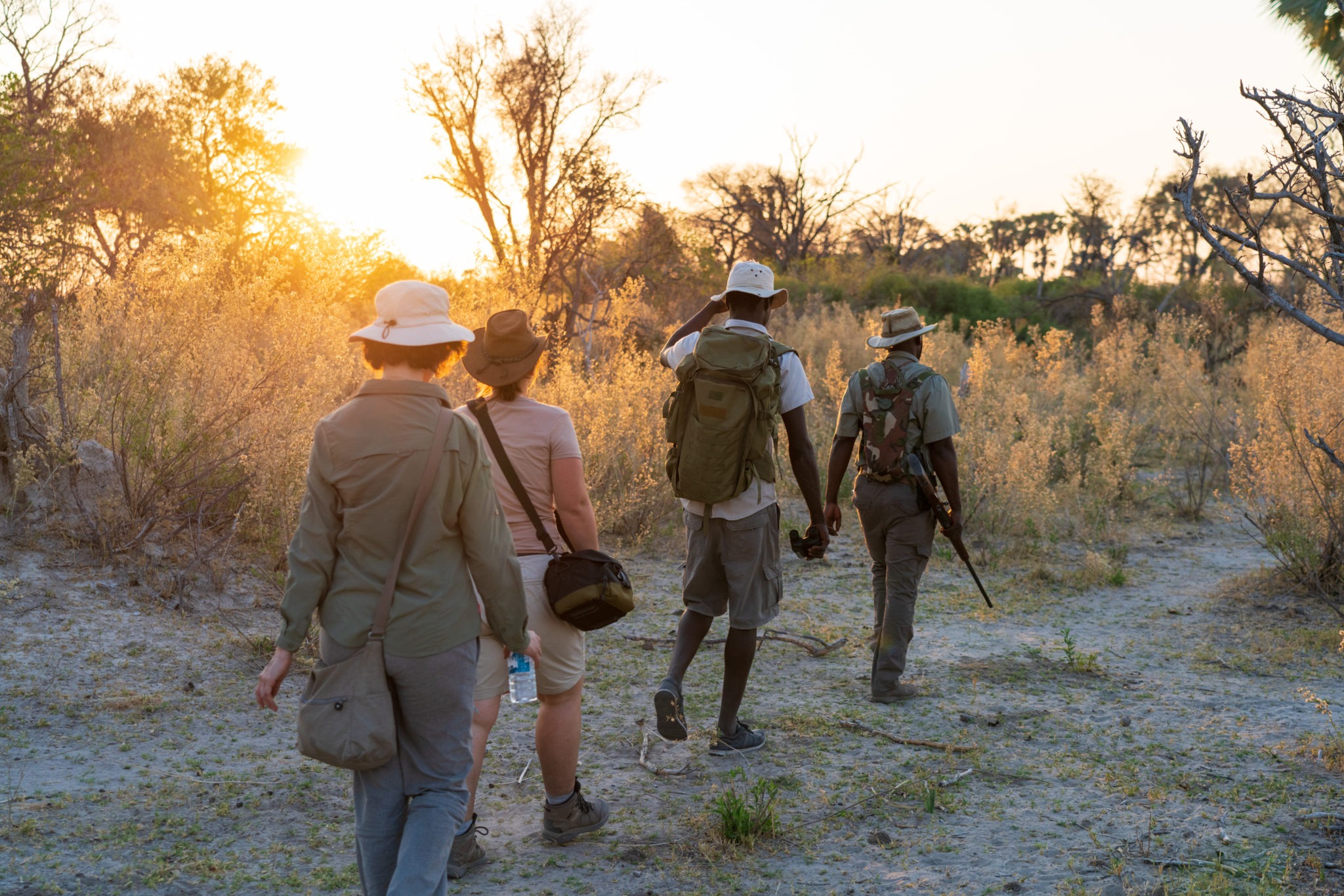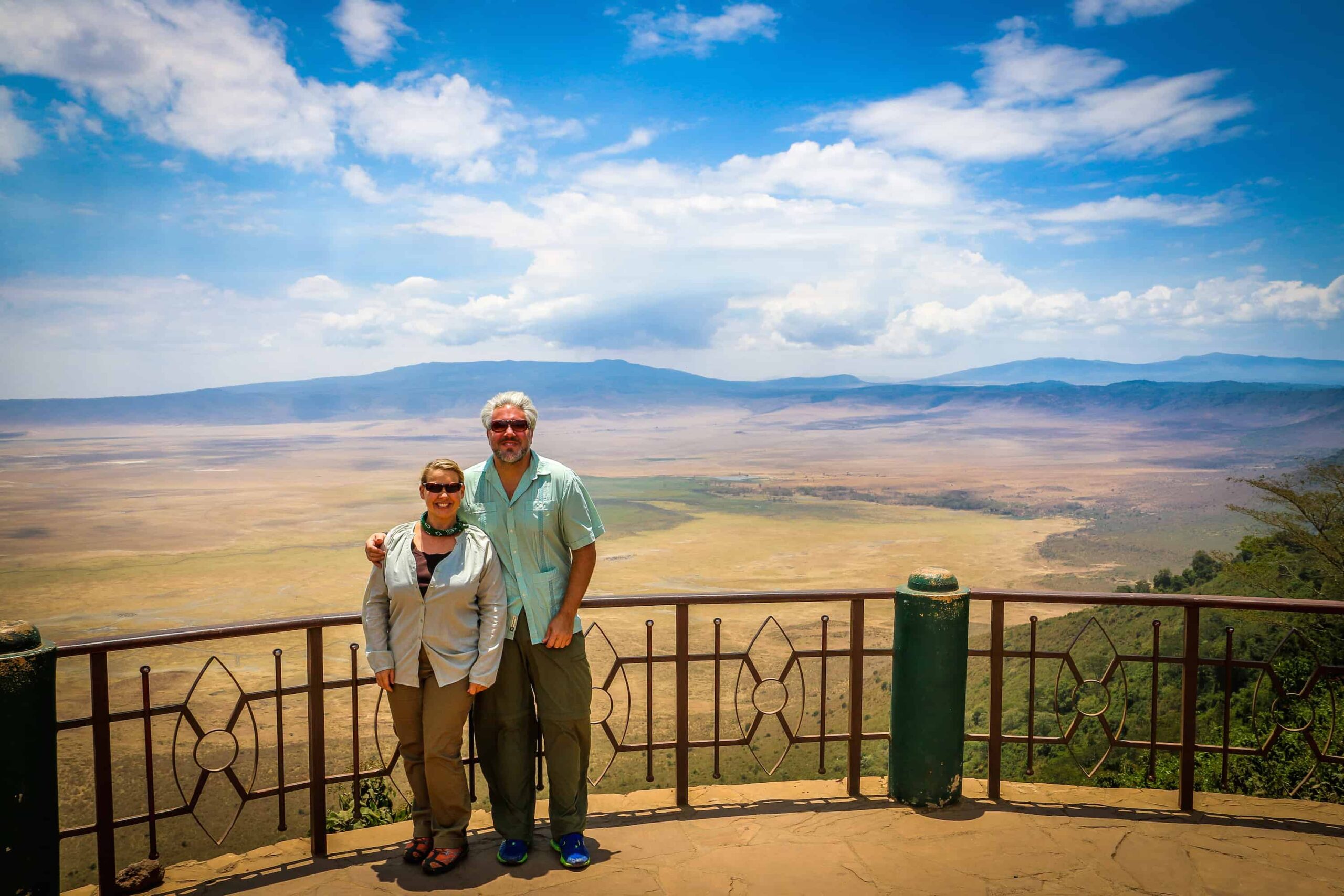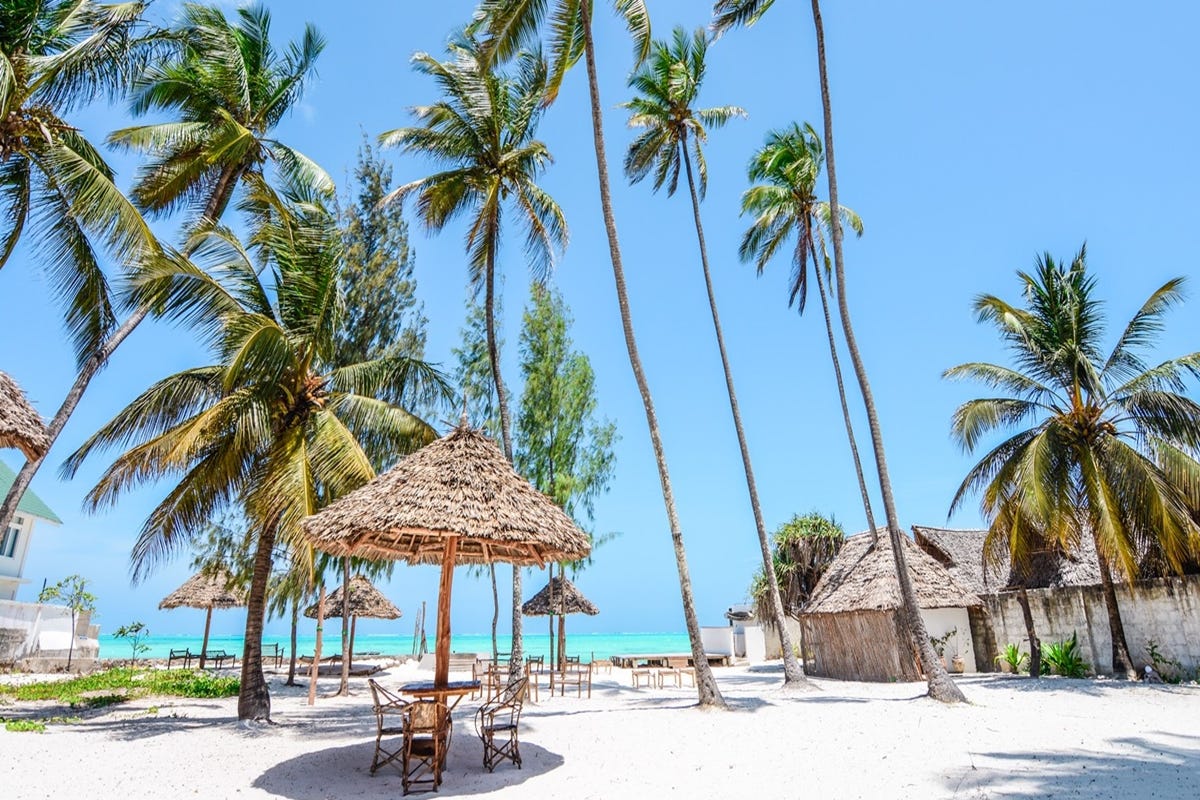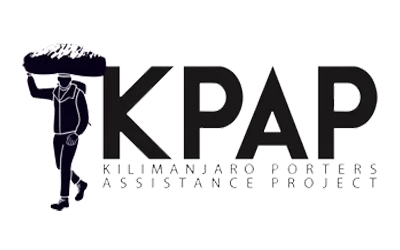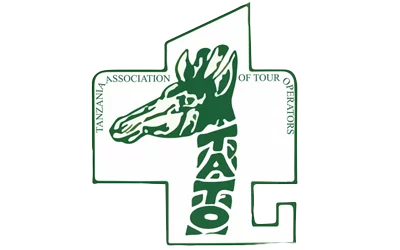Standing proudly on the Tanzanian horizon, Mount Kilimanjaro is Africa’s tallest peak and a dream destination for adventurers worldwide. But when is the perfect time to climb Kilimanjaro? In this article, we unravel the secrets of Kilimanjaro’s ever-changing climate and reveal the ideal time for your ascent.
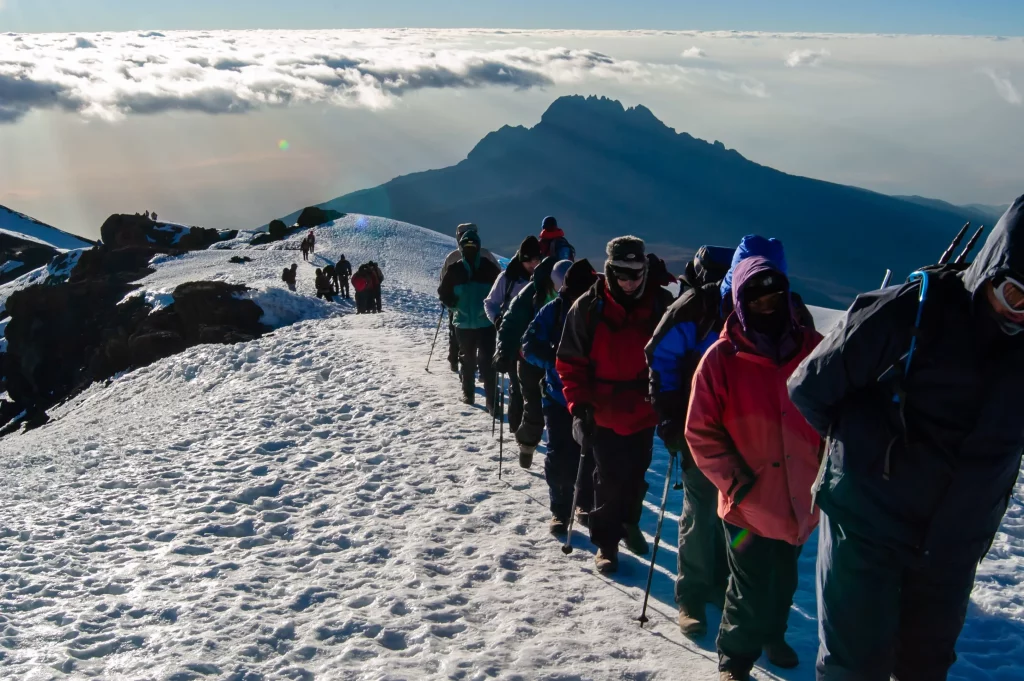
Understanding Kilimanjaro’s Seasons:
Kilimanjaro’s climatic conditions can be broadly categorized into two seasons: the Dry Season and the Wet Season. Each has its own unique characteristics and considerations for climbers.
-
Dry Season (June to October):
June to August (Early Dry Season): This is the prime climbing season on Kilimanjaro. During these months, the mountain experiences clear skies and relatively dry conditions. The trails are less slippery, and the nights are cold but bearable. This period is considered the best time for climbing, offering excellent visibility and higher success rates.
September to October (Late Dry Season): While September is still an excellent time to climb, October marks the transition into the Wet Season. You may encounter occasional afternoon showers, but overall, it remains a favorable time for the ascent.
-
Wet Season (November to May):
November to December (Short Rainy Season): This season is characterized by short, sporadic rains. While it’s possible to climb during this time, the trails can be muddy, and the views may be obscured by clouds. However, the mountain is less crowded, making it a quieter experience.
March to May (Long Rainy Season): This is the least recommended time to climb Kilimanjaro. The mountain experiences heavy rainfall, and the trails can become treacherous. Slippery conditions and limited visibility can pose challenges for climbers. It’s best to avoid this period if possible.
Factors to Consider:
- Crowds: June to August is the peak tourist season, so expect larger crowds. If you prefer a quieter experience, consider climbing during the shoulder seasons.
- Temperature: While it’s colder at higher altitudes year-round, the Dry Season offers more predictable and manageable temperatures.
- Wildlife: If you’re interested in combining your Kilimanjaro climb with a safari, the Dry Season is ideal for wildlife viewing in nearby national parks.
Choosing the Right Time:
The best time to climb Kilimanjaro depends on your preferences and priorities. If you seek the highest chance of success, along with clear skies and favorable weather, the Dry Season (especially June to August) is your best bet. However, if you prefer quieter trails and are willing to accept slightly less predictable weather, consider the shoulder seasons.
In conclusion, Mount Kilimanjaro is a majestic challenge that rewards climbers with stunning vistas and a profound sense of accomplishment. By choosing the perfect time to climb Kilimanjaro, to embark on your adventure, you can enhance your chances of a successful summit and a truly unforgettable experience on Africa’s rooftop. So, lace up your boots, pack your gear (see Kilimanjaro Packing List and Kilimanjaro FAQs), and start planning your Kilimanjaro expedition during the season that aligns best with your goals and expectations.

